MELAKA, May 31 — I don’t remember where I witnessed my first dragon boat race. It could have been in Singapore or maybe Hong Kong.
It certainly wasn’t in Melaka, where I grew up and such races (back then, at least) were not the norm. Over a dozen people huddled closely together on a long, narrow boat. Oars splashing in the water, the steady rhythm of the drummer at the bow, hammering a beat for the rowers to follow.
No, there was none of that.
So even when I finally saw my first dragon boat race years later (in Penang? Taiwan?), I never associated it with the festival to which it is most closely linked: Duanwu Festival (or Duen Ng Jit in Cantonese).
Translated as Double Fifth Festival, the celebrations take place every year on the fifth day of the fifth month in the Chinese lunar calendar. (This year, it falls on the third of June, a Friday.)
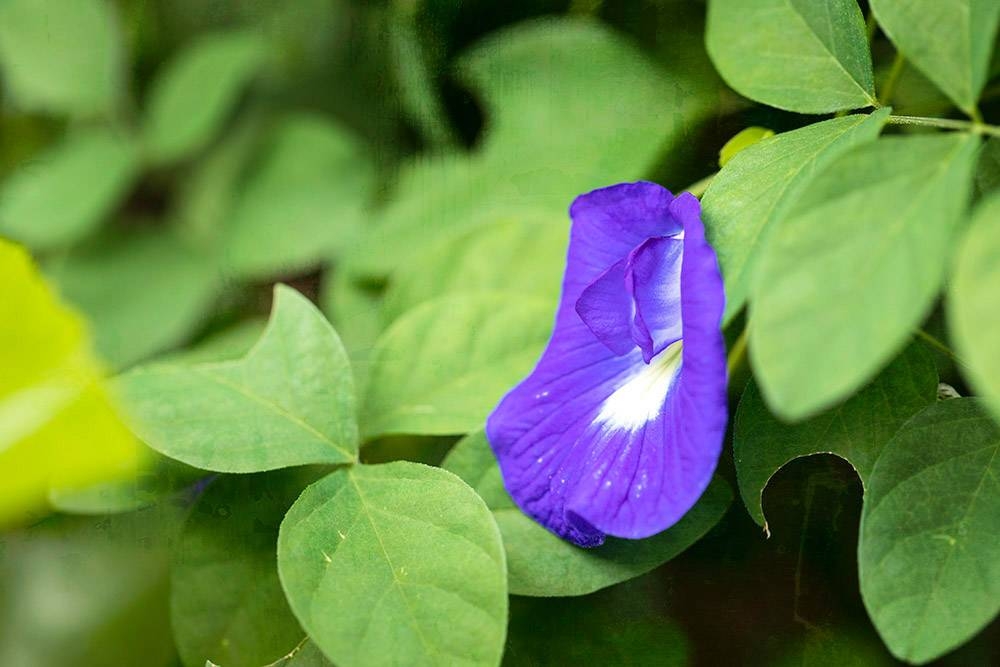
The Duanwu Festival commemorates the death of Qu Yuan, an ancient Chinese poet who drowned himself in the Miluo River when his treasured Chu State fell to the rival Qin State.
Legend has it that the people were so impressed by his patriotism that they threw sticky rice dumplings into the river so the fishes wouldn’t feed on his corpse.
See, what I associate with the Duanwu Festival isn’t the roar of dragon boaters as they pummel the water, trying to get ahead of their competitors as they race towards the finish line. For me, Duen Ng Jit will always taste like the Nyonya zung I had growing up.
Dumplings made with love.
Now, most Malaccans call this version of the sticky rice dumpling "Nyonya chang”, after the Hokkien pronunciation. But being raised in a Cantonese household meant the Duanwu dumplings are always called zung.
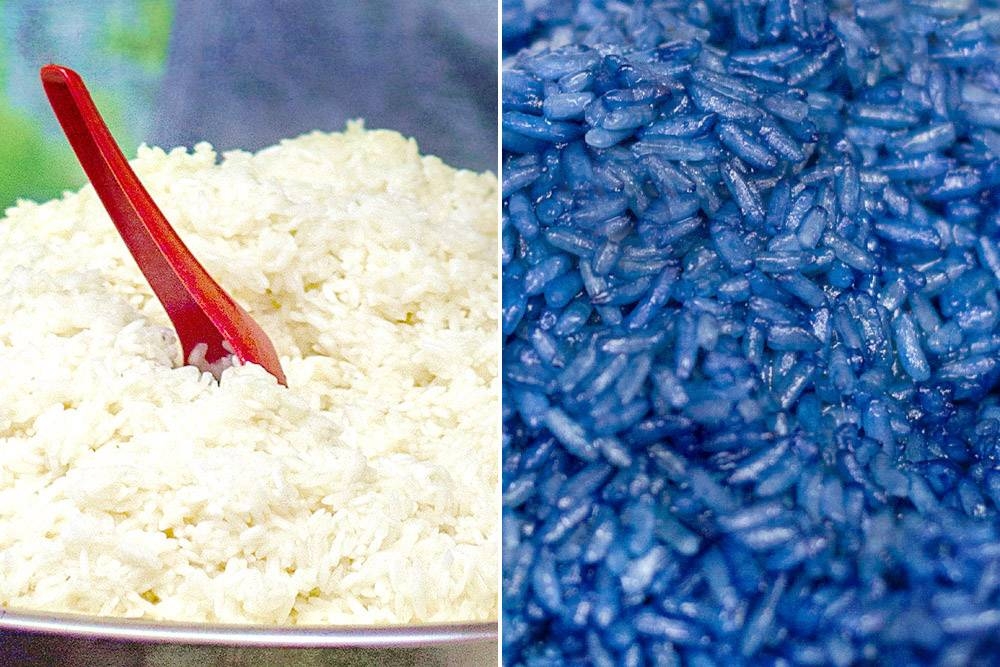
Be it the alkaline-tasting kansui zung (perfect when dipped in freshly made kaya and an extra sprinkle of granulated sugar for the crunch) or the meaty yuk zung (more commonly known as a bak chang) that I had yet to appreciate as a kid.
And, of course, my favourite Nyonya zung.
It’s designed for those who cannot decide between the slathered-on sweetness of kansui zung and the rich savouriness of a yuk zung. Indeed, a proper Nyonya zung is all about balance: the intense sweetness of dried winter melon married with the subtle saltiness of pork that’s half fat and half lean.
No other sticky rice dumpling could ever come close.
Perhaps the most outstanding feature of my cherished Nyonya zung isn’t even its delicate flavours but its colour. The sudden, unexpected splash of brilliant blue that announces its presence with authority and confidence: this is the best zung you will ever have.
This stunning hue comes from the extract of a local flower, the Clitoria ternatea. We know it by its more common name — the blue pea flower or the butterfly pea flower. Bunga telang in Malay, dok anchan in Thai.
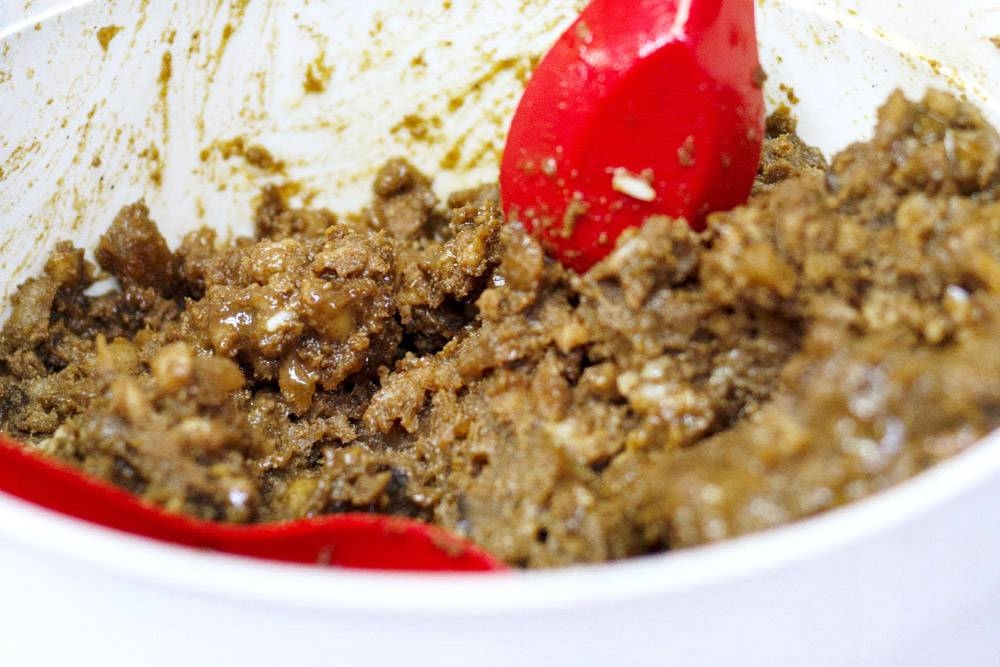
The nearly cobalt-blue petals are as familiar to me as the taste of a Nyonya zung. One of my duties as a pre-teen, in the weeks and days leading up to the Duanwu Festival every year, was to take a walk in our neighbourhood and go "hunting.”
As an adult now, one who is familiar with Noma-influenced fine dining restaurants, I realise the correct term ought to be "foraging” though this seems disingenuous given I was strolling around my childhood taman and not an actual forest.
The task at hand was to look for bushes of butterfly pea flowers and to "harvest” as many fresh blooms as I could find. A child could do this more discreetly than a grown-up, I suppose, though the real reason my mother sent me on this errand could well be to get me out of the house so she could have a few moments of peace and quiet.
Come to think of it, I never thought to ask her why she didn’t grow her own bushes of bunga telang at home; we certainly had enough space in our garden. (Ah, I see now. Tricky parents.)
My mother didn’t even make the Nyonya zung herself. We would give these precious blossoms to her aunt who made it an annual tradition of making sticky rice dumplings for the extended family in Melaka.
Perhaps my mother knew my grandaunt wouldn’t take anything for the zung, so this was one small way we could help out.
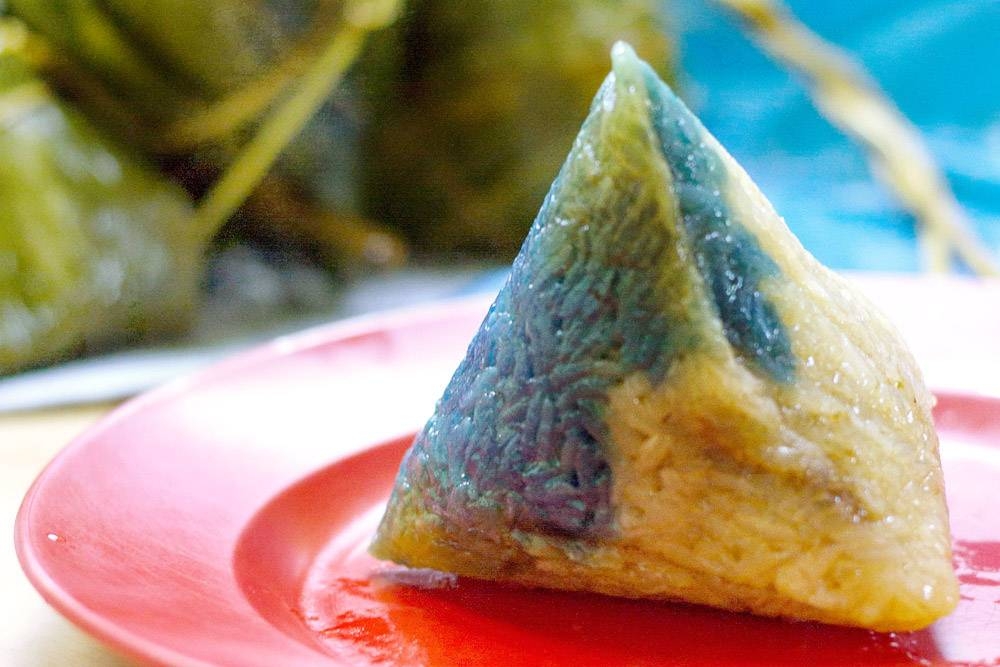
Years passed, as they do. Children grew up. My mother is older now, a grandmother many times over. My grandaunt has passed on. We haven’t had any homemade Nyonya zung in years. Some traditions die out.
Or do they?
The past couple of years have seen many of us spend more time at home. I often take morning walks in the garden at my condominium before starting my day.
Chatting with some of my neighbours, what would have been a luxury and rare occurrence before the pandemic.
One resident, retired, spends her days gardening. Her hibiscus blooms ‚— white, orange, fuchsia and red — are tremendously successful and riveting. But closer to the ground, I notice the tiny bushes she has been caring for, the curling tendrils wrapping around wired frames.
Clitoria ternatea. Bunga telang. Dok anchan. The butterfly pea flower.
We chat about her flowers. I tell her the story of my childhood foraging. We discuss the merits of different sticky rice dumplings. (She argues for an all-in bak chang; I am unmoved and loyal to my Nyonya zung.)
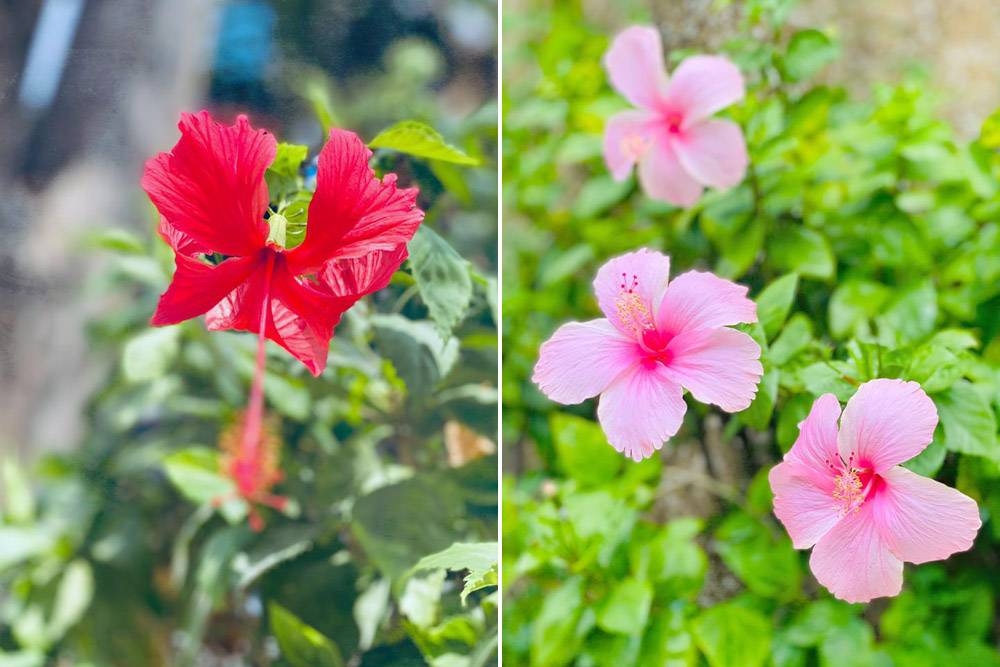
Who knows? One day someone might harvest these vividly blue petals and make their own batch of Nyonya zung for the Dragon Boat Festival.
Or perhaps make their own new traditions. I wonder if one could make an extract from these beautiful hibiscus blooms and make a new style of Nyonya zung for the generations to come?
Why not? As long as these dumplings are made with love, they will be as wonderful as dragon boat races or long walks in one’s old neighbourhood, full of happy memories.
For more slice-of-life stories, visit lifeforbeginners.com.






















